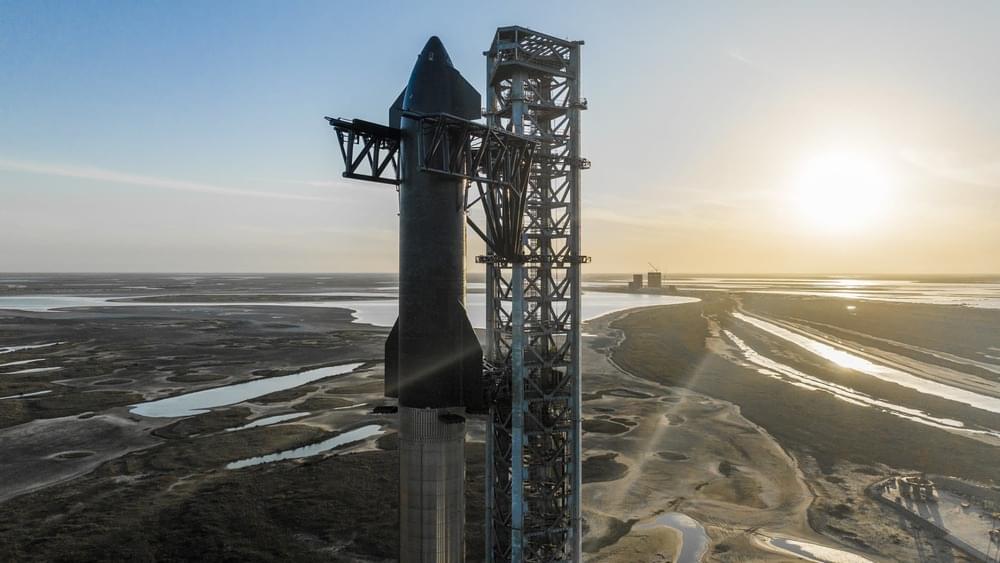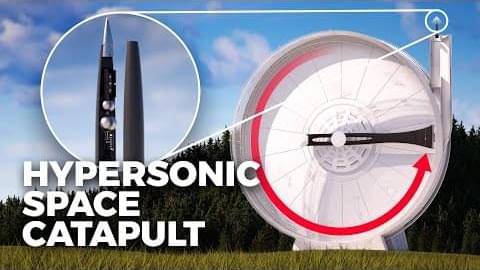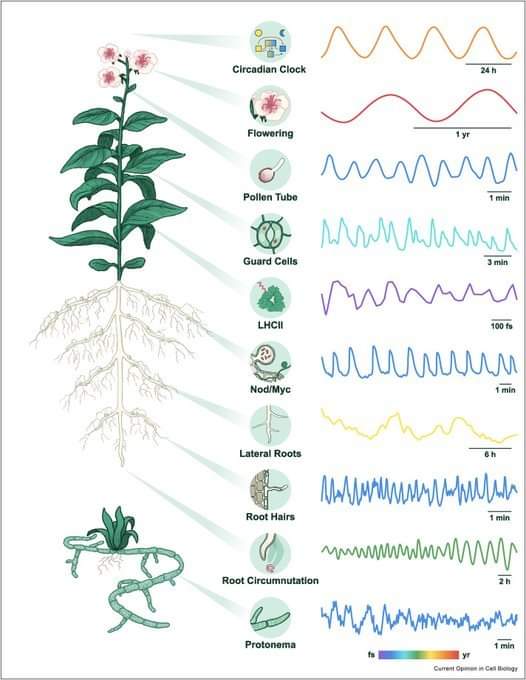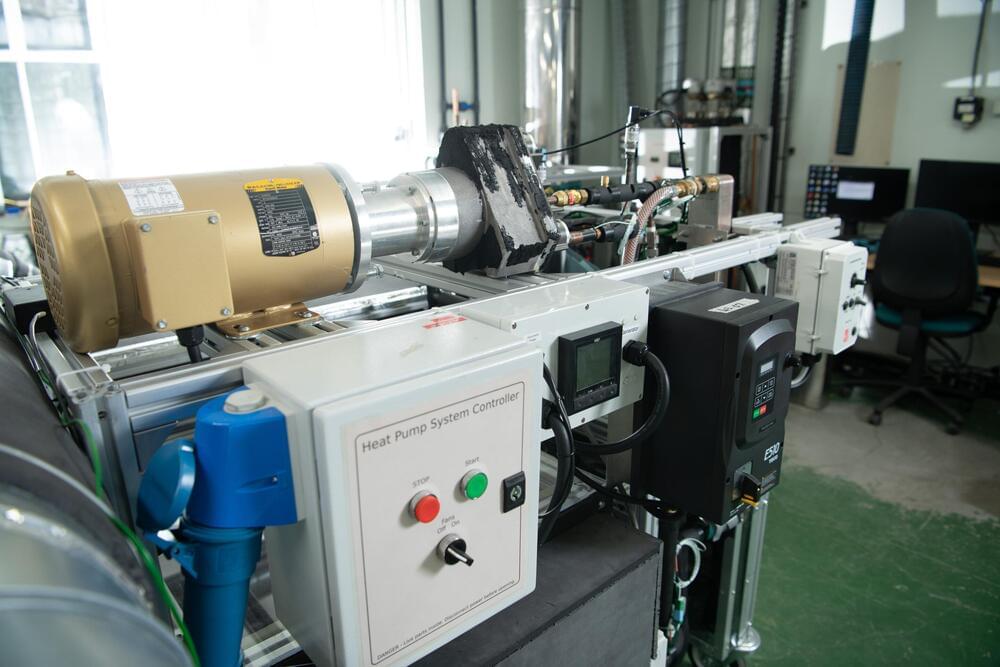For one month Rob Greenfield lived just like the average person and WORE every single piece of trash he created. Why? To create a visual of how much trash just one of us creates and serve as a mirror to society to self-reflect, question habits and explore alternatives to live in balance with Earth.
Rob Greenfield is an activist and humanitarian dedicated to leading the way to a more sustainable and just world. He embarks on extreme projects to bring attention to important global issues and inspire positive change. His work has been covered by media worldwide including National Geographic and he’s been named “The Robin Hood of modern times” by France 2 TV. This talk was given at a TEDx event using the TED conference format but independently organized by a local community.









